# The Silent Revolution Transforming Modern Warehouses: How Pallet Innovation Redefines Logistics
Beneath the humming fluorescent lights of distribution centers, a quiet transformation is rewriting the rules of global commerce. While e-commerce giants promise 24-hour deliveries and AI dominates boardroom discussions, the real game-changer lies in unassuming metal frames, robotic arms, and gravity-fed racks. This is the untold story of how pallet handling equipment – particularly automatic pallet inverters and high-density storage systems – became the unsung heroes of the supply chain revolution.
When Efficiency Meets Gravity: The Physics of Modern Warehousing
The numbers don’t lie: global warehouse stock turnover rates increased by 27% between 2019-2023, while average order cycle times shrunk from 5 days to 36 hours. Traditional warehouses – designed for weekly truckload shipments – now stagger under daily micro-deliveries and SKU counts that doubled in four years.
Enter the pallet inverter: a machine so elegantly simple it could have been designed by Archimedes himself. By rotating 2,000-pound pallet loads 180 degrees in 90 seconds, these devices solve three critical challenges:
- Pallet standardization chaos (43% of global shipments still mix wood/plastic pallets)
- Damage prevention (rotating unstable loads prevents $18B/year in crushed goods)
- Labor optimization (one inverter replaces 12 workers in pallet-swapping tasks)

But the true genius lies in integration. When paired with automated storage systems, these devices become the linchpin of warehouses that now achieve 98% inventory accuracy rates – up from 78% in pre-automation eras.
The Density Equation: Stacking More in Less Space
Consider the math:
- Traditional racking: 3 pallets deep, 22% floor space utilization
- Pushback racking: 6 pallets deep, 41% utilization
- Pallet flow systems: 20 pallets/lane, 63% utilization
These aren’t incremental gains – they’re existential upgrades. A Midwest pharmaceutical distributor slashed its cold storage footprint by 58% using gravity-flow systems, cutting energy costs by $420,000 annually. The secret? Physics-based design that lets products “ride” inclined rails to picking stations, eliminating forklift traffic in freezer aisles.The Robot-Human Symbiosis
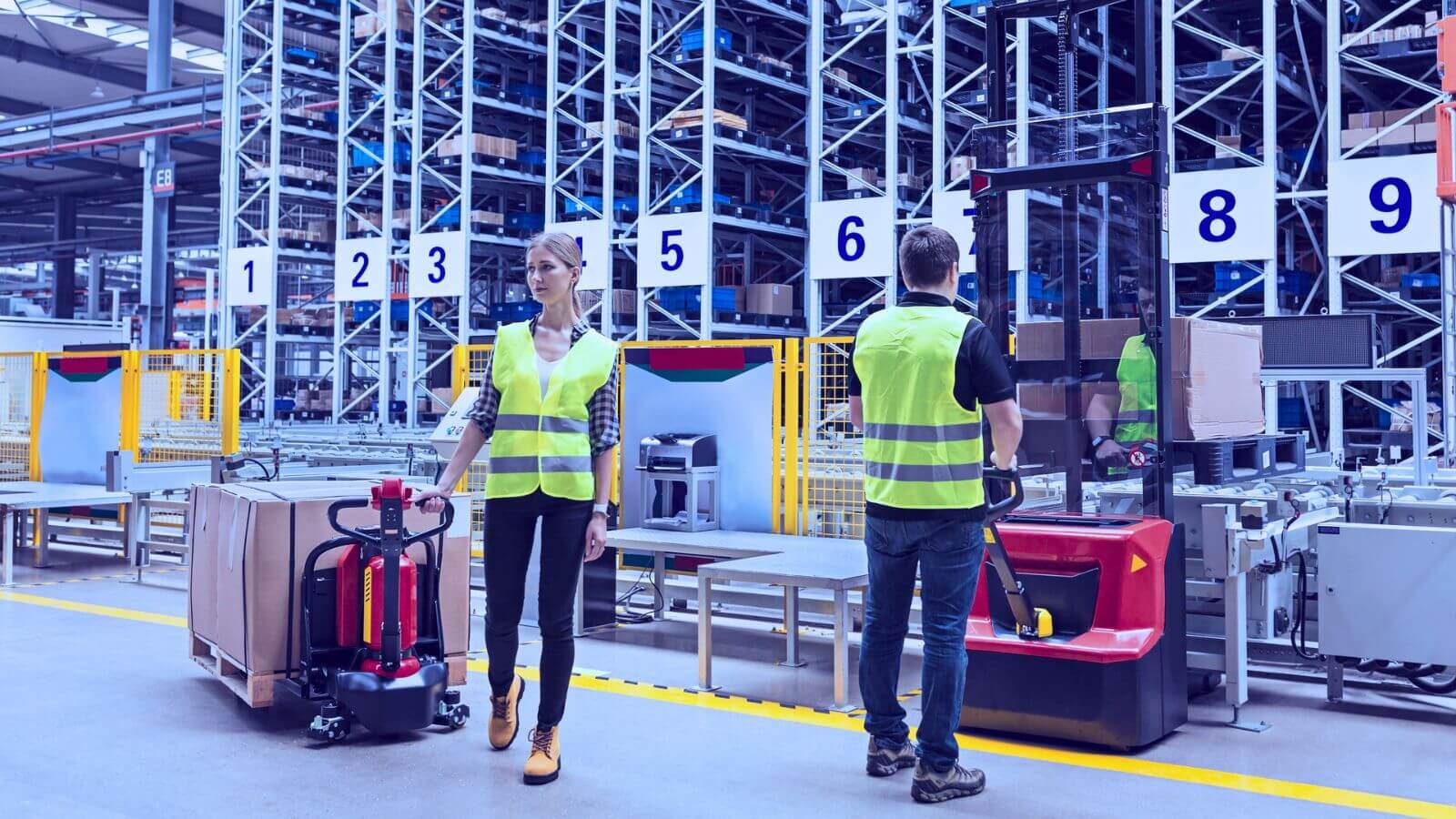
Contrary to dystopian predictions, automation creates new specialized roles:
- Pallet flow technicians (average salary: $68,000)
- AS/RS system analysts (average salary: $82,000)
- Automation safety coordinators (average salary: $75,000)
The numbers tell a compelling story: - Warehouses with pallet inverters report 71% fewer musculoskeletal injuries
- AS/RS systems achieve 99.4% picking accuracy vs. 92% in manual operations
- Mobile racking installations reduce product damage claims by $3.20 per pallet.
The Green Pallet Paradox
Sustainability metrics reveal unexpected advantages:
- Pallet inverters extend wooden pallet lifespan by 3.2 years
- High-density systems reduce warehouse energy use by 19 kWh/sq.ft annually
- **Automated storage cuts plastic wrap waste by 28% through optimized loading
A European automotive parts supplier achieved carbon neutrality not through solar panels, but by:
- Installing 14 pallet inverters (saving 8,400 pallets/year from landfills)
- Implementing shuttle-based AS/RS (reducing forklift diesel use by 19,000 liters/year)
- Converting to pallet flow racks (lowering refrigeration needs through compact storage)
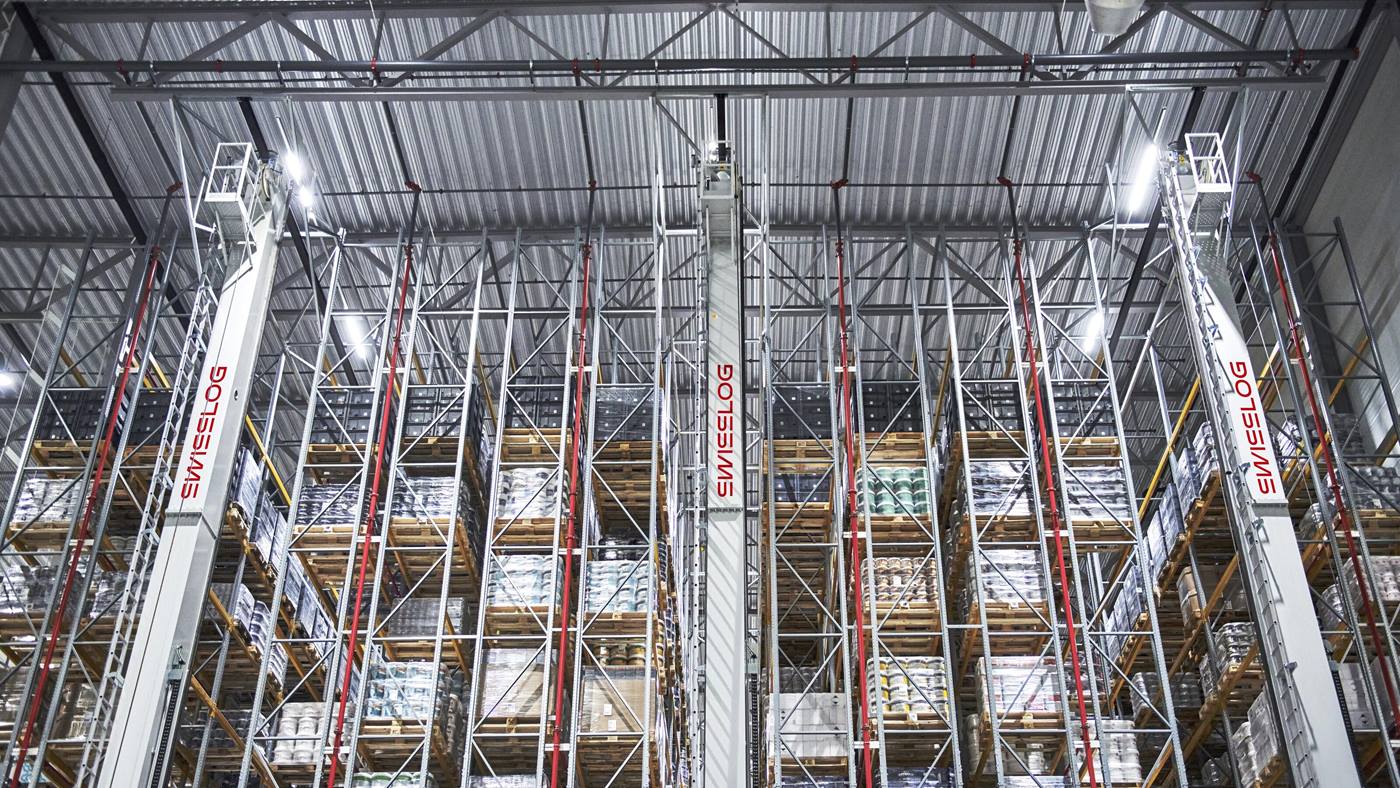
The Charging Revolution: When 24/7 Operations Become Reality
The latest breakthrough comes from continuous power systems:
- 100% robot uptime vs. traditional 20% charging downtime
- 30% smaller robot fleets delivering identical throughput
- Dynamic warehouse reconfiguration without fixed charging stations
Early adopters report staggering results: - A Tokyo e-commerce hub handles 28% more parcels with 15% fewer robots
- A Dallas fulfillment center eliminated 17 charging stations, gaining 4,300 sq.ft of prime storage space
- Predictive maintenance alerts from power flow data reduced robot repair costs by 61%.
The Human Factor: Why Warehouse Managers Can’t Afford Complacency
Three critical shifts demand immediate action:
- Skill stack transformation: 68% of warehouse jobs now require automation literacy
- Layout fluidity: Successful operations redesign floor plans quarterly vs. annually
- Data-driven palletization: AI now optimizes pallet patterns in real-time, squeezing 9% more items per load
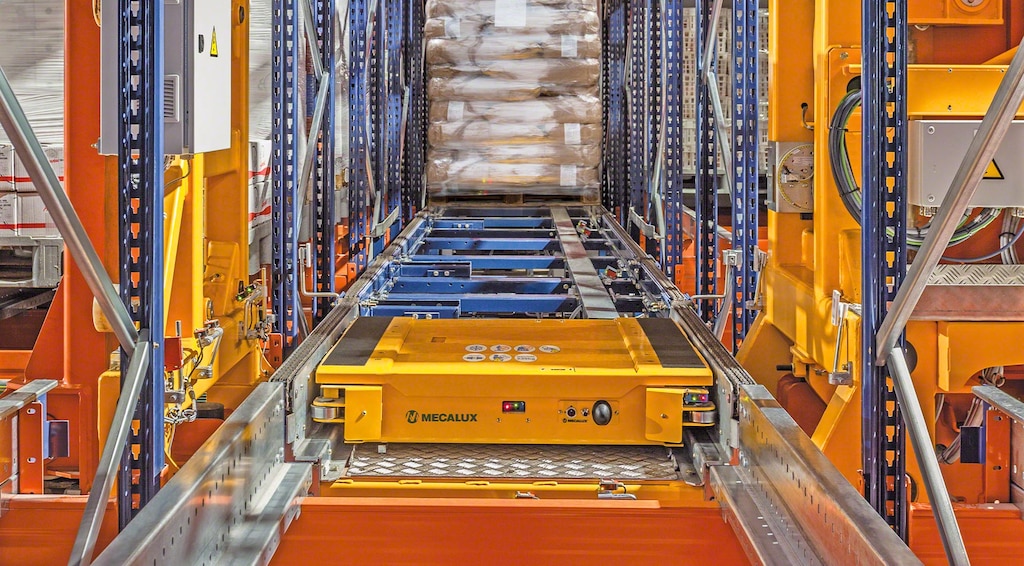
The cost of inertia? A recent MIT study found warehouses clinging to manual pallet handling:
- Experience 3.9x slower growth rates
- Face 22% higher employee turnover
- Suffer 14% more OSHA violations.
The 2030 Warehouse: A Preview
Pioneering facilities already showcase tomorrow’s innovations:
- Self-healing pallets with embedded sensors (detecting load shifts before rotation)
- Quantum computing-optimized storage patterns (updating layouts every 15 minutes)
- Hydrogen-powered pallet inverters achieving zero-emission operations
Yet the core principles remain unchanged: smarter material flow, relentless space optimization, and respect for both product integrity and worker safety.
As supply chains face unprecedented demands – from AI-driven same-hour deliveries to climate-related disruptions – the humble pallet handling machine emerges as an unlikely hero. It’s not just about moving boxes faster; it’s about reimagining the fundamental architecture of global commerce. The warehouses embracing this silent revolution aren’t just surviving the retail apocalypse – they’re writing the playbook for 21st-century logistics dominance.
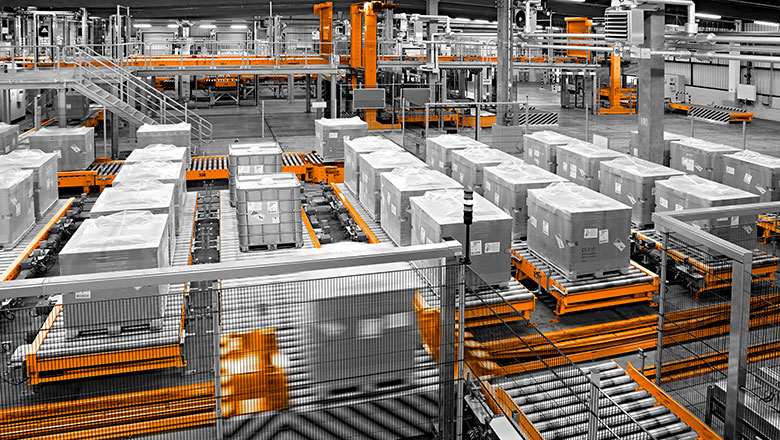
The Silent Revolution Transforming Modern Warehouses: How Pallet Innovations Are Redefining Logistics
Beneath the hum of conveyor belts and the rhythmic beeping of forklifts, a quiet transformation is reshaping the industrial landscape. While headlines focus on flashy robotics and AI-driven supply chains, the real game-changer lies in something far more fundamental: how we handle pallets.
From automated pallet inverters to high-density storage systems, these unassuming innovations are solving age-old warehouse challenges – labor inefficiencies, space constraints, and sustainability gaps – with elegant engineering. The results? Operations achieving 90% storage density improvements, 99% inventory accuracy, and 800% productivity gains. This isn’t futuristic speculation; it’s happening now in cutting-edge facilities worldwide.
When Pallets Learn to Flip: The Rise of Automated Inversion
The pallet – that uncelebrated workhorse of global commerce – has long been a bottleneck. Damaged platforms cause $2 billion in annual product losses, while manual handling accounts for 38% of warehouse injuries. Enter the automatic pallet inverter, a machine so precisely engineered it can rotate a 2-ton load 180 degrees in under two minutes.
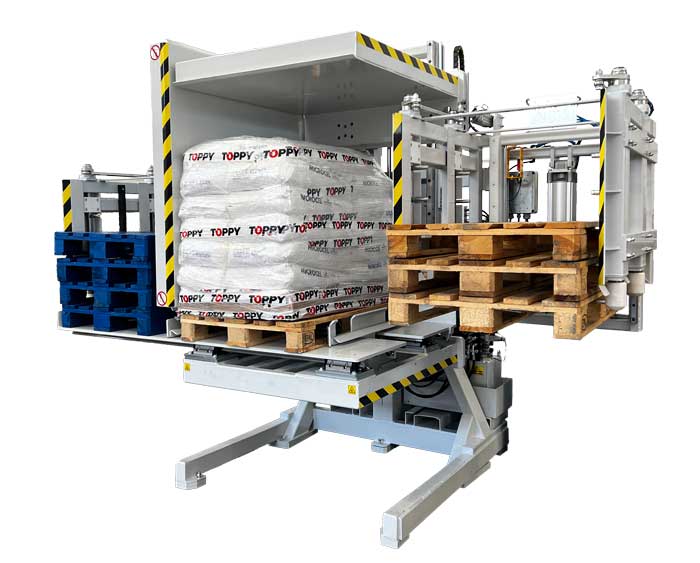
These “pallet flippers” solve three critical problems:
- Pallet Standardization: Seamlessly transfer goods between wood, plastic, or composite platforms
- Damage Prevention: Eliminate manual restacking that causes 12% of product losses
- Space Optimization: Enable compact storage configurations previously deemed impossible
Food giant Nestlé reported a 40% reduction in loading time after implementing inverters across European distribution centers. The secret lies in their adaptive design – pressure-sensitive clamps adjust to irregular loads, while programmable logic controllers (PLCs) memorize rotation patterns for different SKUs.The Density Dilemma: Storage Systems Defying Physics
Modern warehouses face a paradoxical challenge: store more while expanding less. With e-commerce SKUs growing 15% annually, facilities are turning to three revolutionary systems:
1. Pushback Racking: The Domino Effect
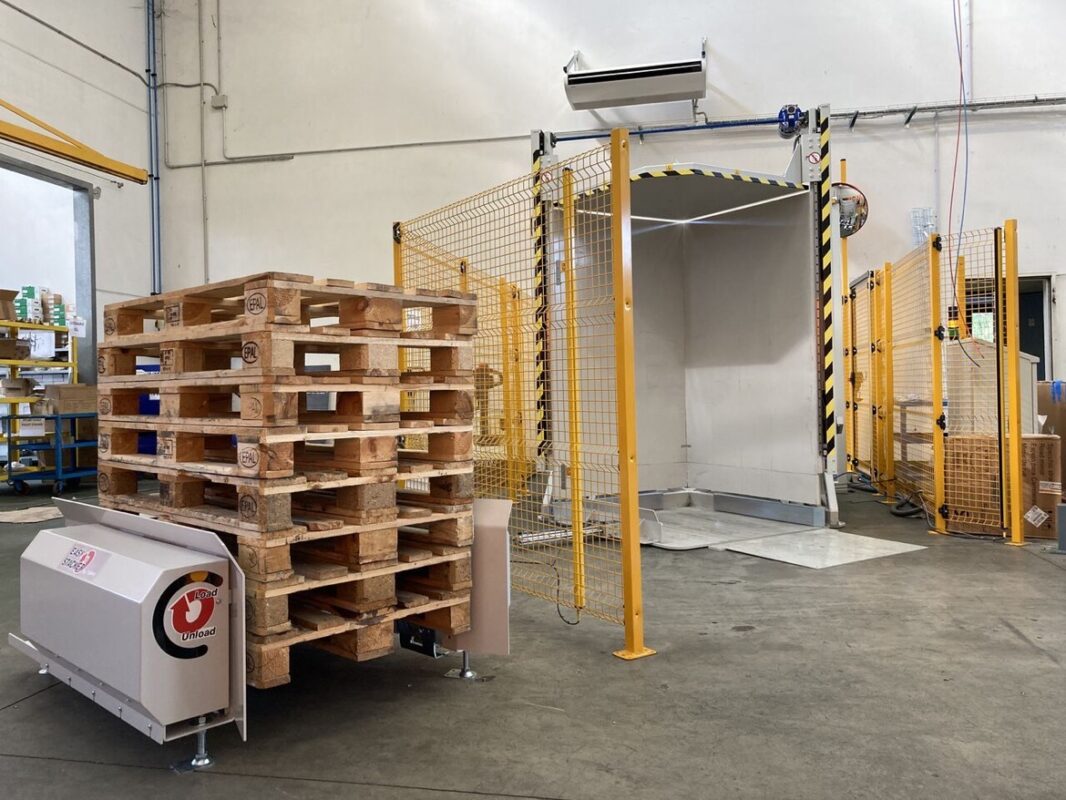
Imagine shelves that behave like domino chains. Pushback systems store 2-6 pallets deep on inclined rails, using gravity to bring the next load forward when one is removed. For non-perishables like automotive parts, this LIFO (Last-In-First-Out) approach boosts density by 90% versus traditional setups.
2. Mobile Racking: Shelves That Dance
In these systems, entire rack rows glide on tracks, collapsing multiple aisles into one. A German pharmaceutical warehouse achieved 60% space savings using mobile units, with servo-controlled movement ensuring ±1mm alignment – crucial for temperature-sensitive medications.
3. Pallet Flow Racking: The Logistics Riverbed
Here, rollers create a “flow” of pallets from loading to picking ends. Amazon’s newest fulfillment centers use laser-guided flow lanes that automatically replenish pick stations, reducing walk time by 73%.
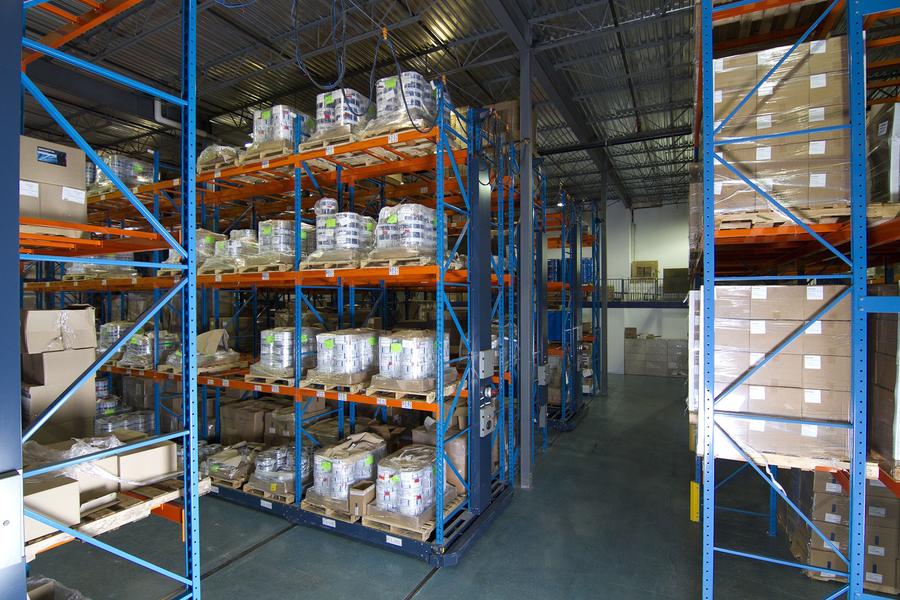
The Autonomous Warehouse: Where Robots Never Sleep
The true silent revolutionaries? Automated Storage and Retrieval Systems (AS/RS). These robotic marvels combine vertical lift modules, shuttle carts, and AI to achieve:
- Vertical Maximization: Stores reaching 45m height (vs. 10m manual max)
- Precision Unmatched: 99.98% retrieval accuracy in BMW’s Leipzig facility
- Security Through Obscurity: Biometric access limits inventory exposure
But the real breakthrough lies in continuous operation. Traditional AGVs (Automated Guided Vehicles) waste 20% of their day charging. New power-in-motion systems – conductive floors or wireless charging – enable 24/7 operation. Early adopters like DHL report needing 30% fewer robots while increasing throughput.Green Logistics: Sustainability as Competitive Edge
Modern warehouses aren’t just efficient – they’re eco-engineered:
- Cold Storage Revolution: High-density systems in frozen food warehouses reduce energy use by 22% through minimized airspace
- Circular Material Flow: Recycled alloy racking (85% post-industrial content) cuts embodied carbon by 63%
- AI-Optimized Energy Use: Machine learning balances refrigeration, lighting, and automation power draws
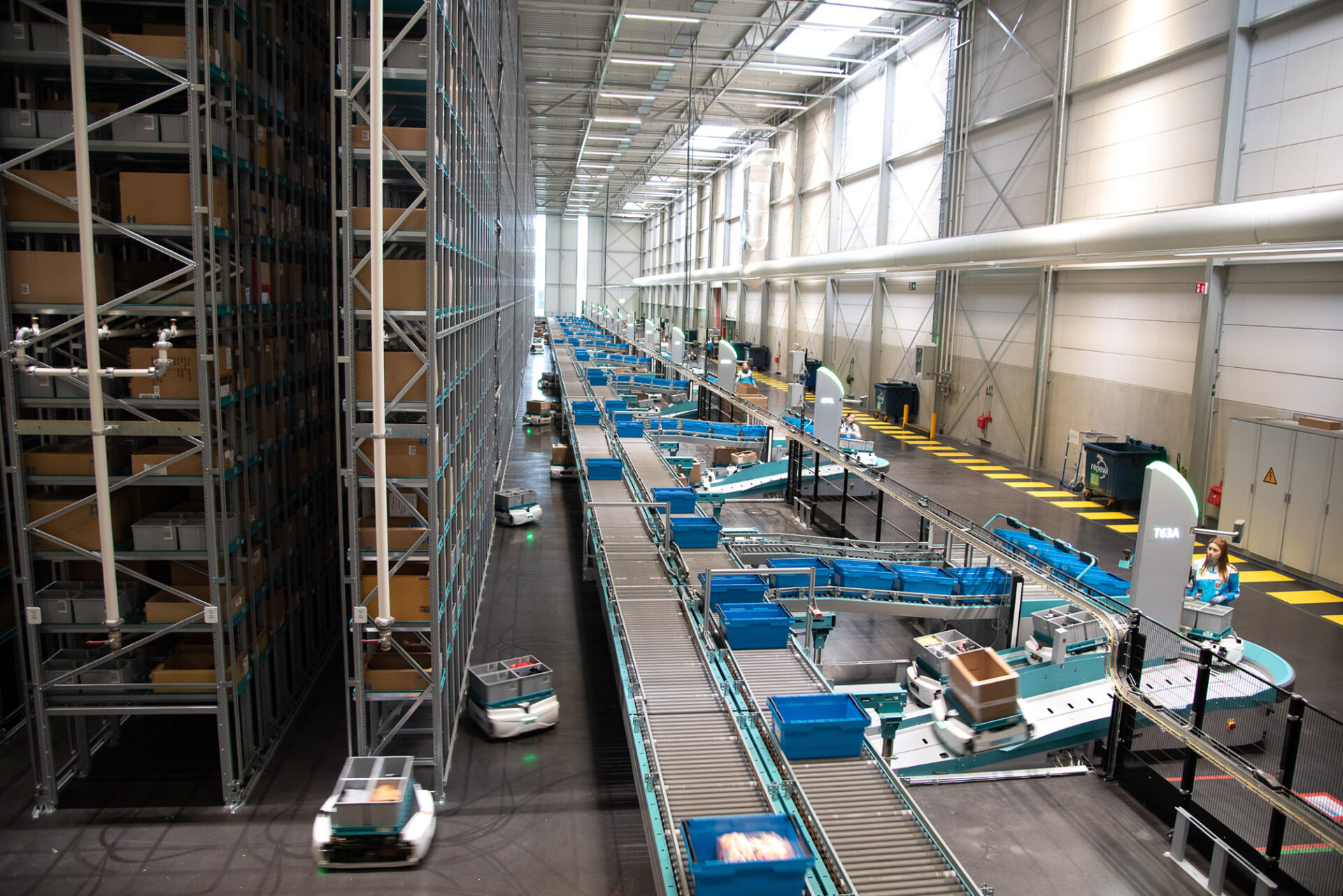
IKEA’s emission-negative warehouses combine solar-paneled roofs with regenerative braking on cranes, feeding excess energy back to local grids.
The Human Factor: Augmented, Not Replaced
Contrary to dystopian forecasts, these technologies elevate human roles:
- AR-Assisted Picking: Smart glasses display optimal routes, reducing errors by 44%
- Predictive Maintenance Techs: Vibration-sensor analysts prevent 92% of mechanical failures
- Robot Coordinators: New roles managing fleets of 200+ AGVs
The Road Ahead: 2025 and Beyond
Emerging trends suggest:
- Battery-Free Robotics: Inductive power systems eliminating charging downtime
- Self-Healing Racks: Nanocoated surfaces that repair minor corrosion
- Blockchain-Enabled Pallets: Smart platforms tracking products from factory to doorstep

![8 Critical Factors When Choosing a Wire Coil Wrapping Machine [2025 Buyer’s Guide] 8 Critical Factors When Choosing a Wire Coil Wrapping Machine [2025 Buyer’s Guide]](https://i0.wp.com/www.fhopepack.com/blog/wp-content/uploads/2023/01/Master-coil-stretch-wrapper-zt.webp?w=1024&resize=1024,1024&ssl=1)


